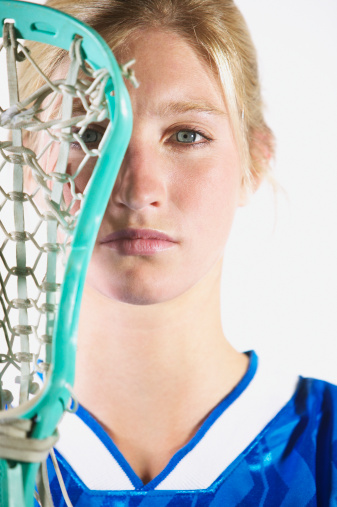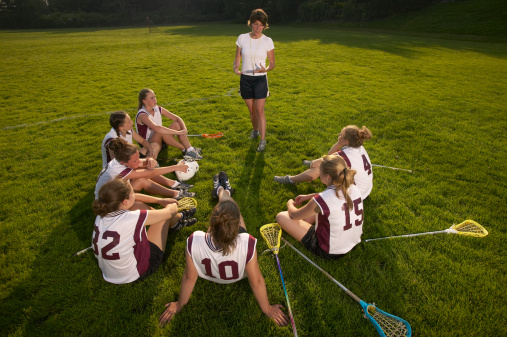When Ellie Wallace got hit in the head playing lacrosse, she did not tell anyone.

Wallace displayed typical symptoms of concussion after that first blow, according to her mother, who thought her daughter just had a bad case of spring allergies. Wallace was extremely groggy and experienced headaches and mood changes.
Two days passed before she approached her trainer, during which she received a second accidental blow to the head off the field. The trainer was particularly worried about her upon hearing that she had been hit not once, but twice. After a cognition test, she was referred to a traumatic brain injury (TBI) clinic.
Virginia Law Targets High School Head Injuries
A Virginia State Law that went into effect on July 1, 2011 seeks to change the way school coaches and athletes treat head injuries. The law requires both coaches and students to go through training on how to identify a concussion. The law has limitations, though, as it only regulates school-sponsored activities and does not require any statewide reporting.
Virginia County Goes Above and Beyond
The limitations of the law, however, have not kept Chesterfield schools from launching their own surveillance system. They reported not only the number of concussions that occurred during the 2011-2012 school year, but also broke them down into season:
- Fall: 124 concussions (109 of which were football related)
- Winter: 22 concussions
- Spring: 34 concussions

Numbers like these can help to evaluate the effectiveness of policies and also identify areas that need improved monitoring and additional education.
Chesterfield has taken the emphasis on concussion prevention and treatment very seriously and has placed certified athletic trainers in every one of the high schools in the county.
The initiative shown by these measures truly gives hope to the idea that the culture of sports can change, this upcoming generation of athletes and coaches will take concussion seriously and that they will recognize it as a traumatic brain injury.
Taking the Time to Heal
Wallace had to give her brain time to rest. For four days she could not read, write, watch TV, text, play electronic games or exercise. She could not go to school. This cognitive rest was followed by weeks of physical therapy to gradually incorporate exercise, TV, computer work, texting and sports back into her life. She initially could only handle half-days at school, but after a few weeks she was able to return full time and was eventually cleared to play school sports.
Wallace was fortunate that her head injury healed. Each TBI is unique and people’s reactions to them can vary greatly. Still, her life had to revolve around the healing process for months, taking her energies away from schoolwork and her life as a normal teenager.
The Virginia law and the efforts by school systems such as Chesterfield aim at catching concussions early so that they can be treated. The earlier they are caught, the better the prognosis for recovery.
Contact Us
Traumatic brain injury can be life altering and expensive. If you or someone you love has had a TBI, please contact us immediately as you may be eligible for compensation. We provide a free consultation during which we will discuss your legal options.


